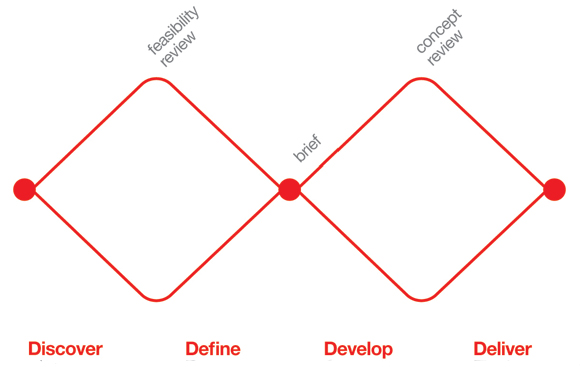The thought process that I try to embed in Lean Service Design can be summed up in one word: Empathy! It is a major differentiator between the traditional process methodologies of Six Sigma, and I say this tongue–in-cheek, Lean. Many times when you review Design for Six Sigma, Lean Startup, Lean Product Development, Lean Services and Lean Design (the list goes on), seldom when you search (like never) the index of the book will you find the words Empathy.
In Lean, you will find the words Respect for People and it is rigorously applied by most Lean practitioners. However, it is typically applied from an internal viewpoint. I do not want to imply that it does not carry over externally (Customer Experience will mimic the Employee Experience) but seldom do I see it addressed. In healthcare, I believe you will see it addressed more than anywhere else at the moment, but I believe that discipline was built from a compassionate side to begin with. It was not guided by Lean as an enabler of empathy. Developing products/services requires an organization to understand the emotional needs and difficulties of their prospects and customers. Our product/service development should be centered on understanding value in use (Service Dominant Logic).
Most organizations struggle in their attempts as they evaluate seas of data often times masqueraded in a method called called voice of customer. Often, it loses the personality of the customer. The tendency is to view development as product/service centric rather than customer/user centric. The area of Empathy is very evident in Service Design and Design Thinking. A few more thoughts about this. The 'Double Diamond' Design Process Model (From the Design Council in the UK – a complete description of the process can be found here.)
Different designers manage the process of design in different ways. But when we studied the design process in eleven leading companies, we found striking similarities and shared approaches among the designers we talked to. In this section we show one way of mapping the design process, and give more detail on the key activities in each of the process's four stages.
The double diamond diagram was developed through in-house research at the Design Council in 2005 as a simple graphical way of describing the design process.

What I find intriguing about Design and specifically the double diamond is its similarity with the 4D process of Appreciative Inquiry.Divided into four distinct phases, Discover, Define, Develop and Deliver, it maps the divergent and convergent stages of the design process, showing the different modes of thinking that designers use.
- Discovery: What gives life?
- Dream: What might be?
- Design: What should be?
- Destiny: What will be?
I think the resemblance is not coincidental by any means. I think is a direct reflection on how the Design process has moved development into the customer’s playground. Shaping positive outcomes is only done by understanding (which comes from empathy) the user of your product or service. No longer, can we consider ourselves the experts. We may have more product knowledge but unless we understand how that can be applied and transferred to the use of the product (Service Dominant Logic) it will serve little purpose for the organization and the customer.
Shifting your organization from an internal Product/Service Development process to a Service Design/Design Thinking process may be assisted with a little Appreciative Inquiry training. Empathy is a more difficult process to acquire. Many will say it is a personality trait and much easier to hire than to change someone that has little. A great starting point is a favorite book of mine on the role of empathy in business: Wired to Care: How Companies Prosper When They Create Widespread Empathy.
You may be interested in the Lean Service Design Trilogy Workshop


No comments:
Post a Comment